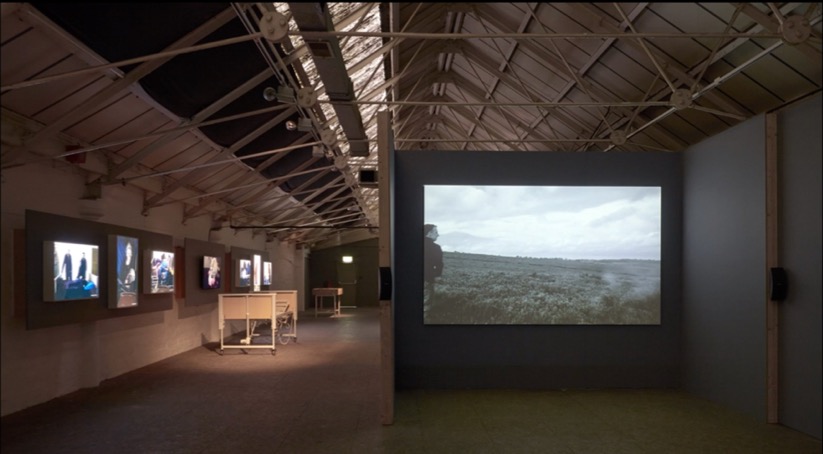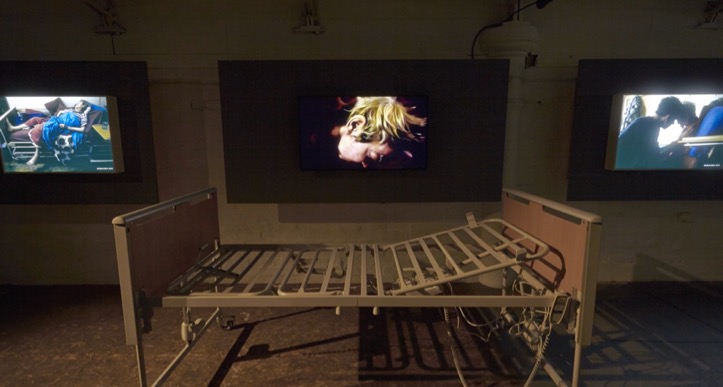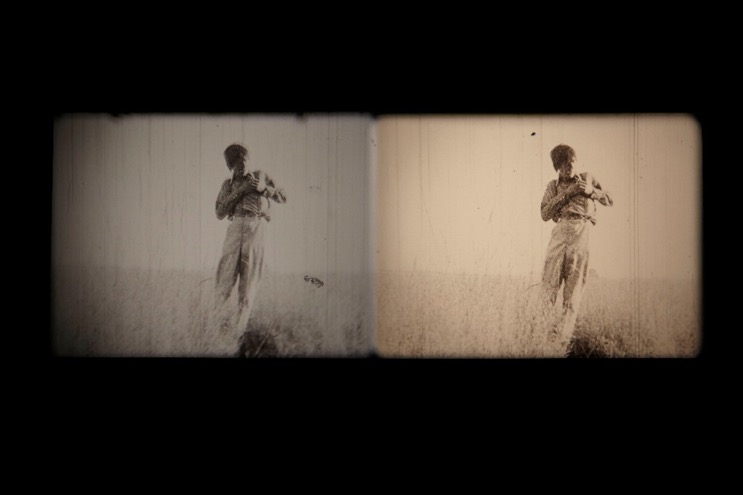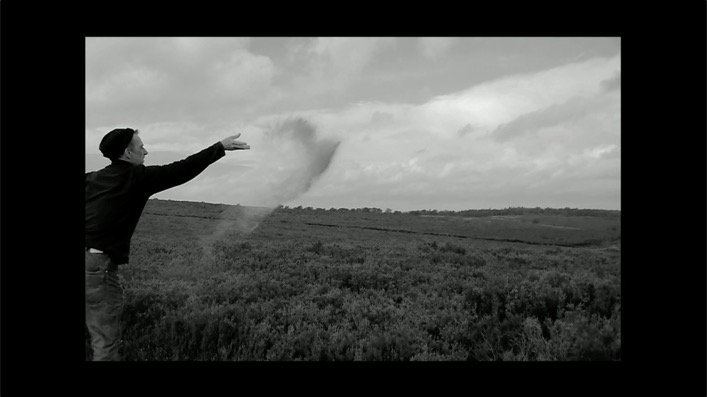
A Record Of Undying
Artist
George Saxon
Funders
- Arts Council England
- The Henry Moore Foundation
- Vivid Projects
Collaborators
John Briscoe and curator Yasmeen Baig-Clifford
Duration of project
The work was exhibited from 3rd October-15th November 2014
Project overview
George Saxon’s artistic practice in film, video, performance spans 42 years and is in part rooted in expanded cinema and performance of the1970s and 1980s, with works ranging from early experimental performance interactions with film and video, to the multi-screen projections within both existing and prefabricated architecture. Saxon is one of the founder members of the artists group Housewatch: Cinematic Architecture for Pedestrians (1985-97). His solo and collaborative work has been exhibited nationally and internationally. Saxon’s continuing interventions into film, digital video, performance, architectural and urban environments, anticipates exploratory audience participation relationships and socially-engaged practices.
A Record of Undying is a large-scale art installation on the intimate relationships and the complexities of dying and facilitating end of life care. The work entails an installation comprising live/durational performance, video screenings and soundscapes.
Saxon commenced development of the central work for A Record of Undying in 2013 in collaboration with his late partner D. John Briscoe (1949-2013). The project documents the lived experience of Briscoe through his terminal illness until his death. Saxon developed intimate photographs and films shot during the period leading up to and including his partner’s death.
The installation explores the intimate relationships fostered in the ordinariness and complexity of dying and facilitating end of life care. This project documents the lived experience of John Briscoe (1949-2013) through his terminal illness until his death, and of George Saxon (the artist) as carer. John Briscoe is Saxon's long-term partner and the work began as a collaboration between the two, when Briscoe became terminally ill. The work entails an installation comprising live/durational performance, video screenings and soundscapes. It was funded by the National Lottery through Arts Council England and the Henry Moore Foundation, and shown at VIVID Projects, Birmingham, UK, in 2014.
The work expands George Saxon’s longstanding explorations with moving image, expanded cinema and spatial practices. The installation starts with a video in reverse of Saxon scattering Briscoe’s ashes – 52⁰ 45’ 29” N 02⁰ 01’ 23” W (2014). These images are followed by a corridor leading the viewer further into the gallery space, where there is a hospital bed installed, 6 light boxes containing Duratrans backlit photographs, with a LED screen in the middle. Each image presents key photographic still moments that are time stamped over a period of three weeks as markers of time. The photographs reveal Briscoe’s death, then progressively move back in time to reveal the first photograph of Briscoe sitting on the profiling bed shortly after his return from the hospital (to die at home).
The depiction of death and dying is rooted in lived experience. The exhibition reveals the very private and intimate relationship forged in the ordinariness and complexity of dying and end of life care. It is an examination of the collisions between dying, death and associated rituals; bringing into question audience perceptions of viewing death and dying and its wider dissemination.
Project objectives
The work is concerned with deeply personal evocations of lived experience, explored through the phenomenological framework of the performative and material vehicle of the body. It considers the embodiment of trauma, illness, ageing, dying and death through live/durational performance, photography, film and soundscapes.
It questions audience perceptions of social and private spaces, as well as perceptions of taboo topics, such as death and bereavement, prompting us to ask: How do we die? And how do we gaze upon the death and dying of the other?
The work above all else, aimed to both celebrate the life of, and relive the dying and death of John Briscoe.
Find out more information and see extracts from the exhibitions.
Dissemination
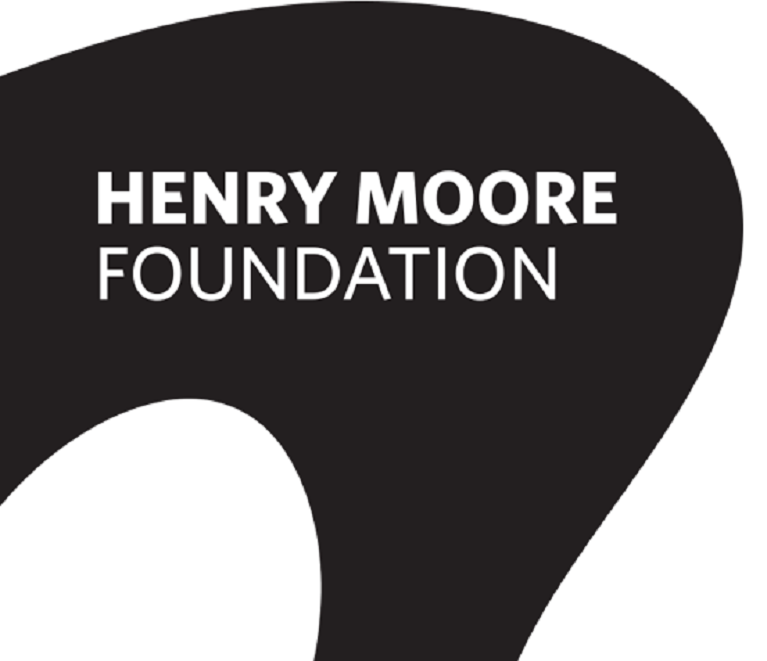
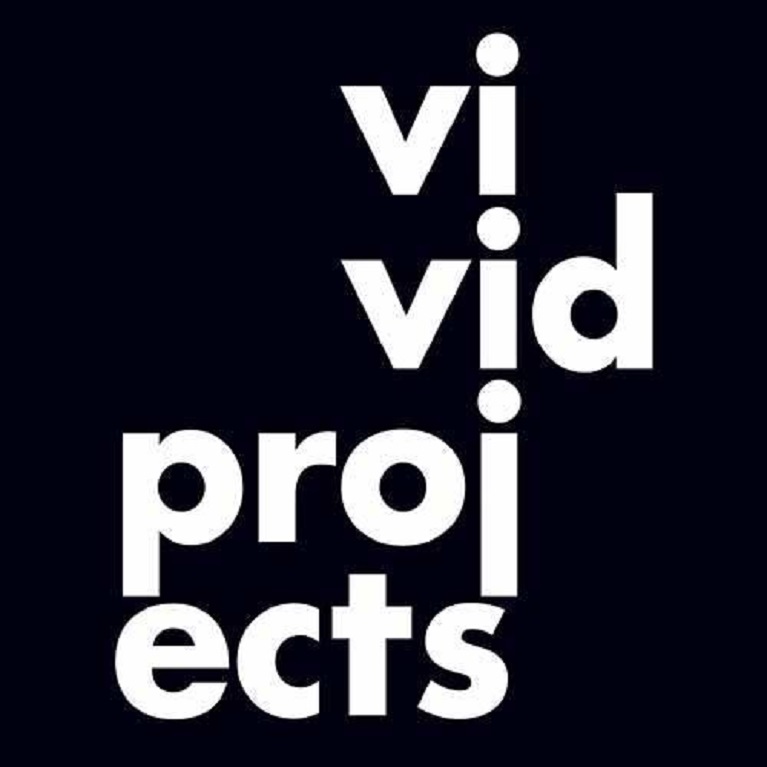

Image credit: Entrance to exhibition at Vivid Projects, photograph by David Rowan.
